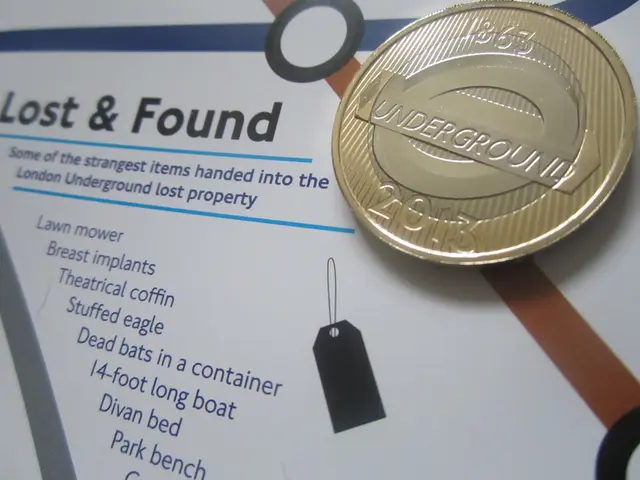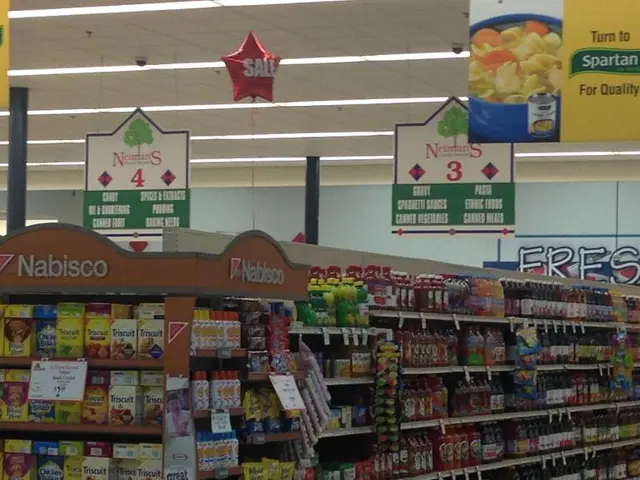Houston's Property Landscape in 2025: Buyer Dominance, Sizzling Spots, and Audacious Predictions for 2026-28
As of 2025, Houston's housing market is experiencing a significant shift, moving towards a buyer’s market due to rising inventory, slower price growth, and more negotiation power for buyers.
Key trends show home prices have been increasing modestly (+3% year-over-year) but are forecasted to gradually decline by about 1.8% from May 2025 to May 2026. Meanwhile, available home listings have surged to record highs, increasing buyer choice and extending the time needed to sell a home from 4.2 to 5.5 months of inventory.
Mortgage rates, while still relatively high, have decreased recently from around 6.9% to 6.6%, supporting buyer activity but keeping affordability moderate. Overall, sellers are cutting prices and adjusting to changing conditions, resulting in a more balanced market favoring buyers rather than the aggressive seller’s market seen in recent years.
Key Factors Influencing the Market
- Increasing Inventory: Active listings soared by ~38-46%, the highest on record for Houston, giving buyers more options and leverage.
- Price Growth Slowing and Stabilizing: Median home price growth has cooled to about 3% in 2025, with forecasts predicting a mild decline over the year ahead, avoiding a crash but marking a clear slowdown compared to previous rapid gains.
- Mortgage Rates: Rates have fallen from highs near 7% to about 6.6%, the lowest since late 2024, influenced by lower Treasury yields and expectations of interest rate cuts by the Fed, thus potentially increasing buyer affordability.
- Sales Volume: Despite these conditions, home sales have slightly increased (~3.7% year-over-year), showing buyer interest remains but with better negotiating power and less competition.
- New Construction Activity: In Texas broadly, single-family home permits have declined by about 8%, reflecting builder caution amid changing market demand.
Stable Retail Sector and Attractive Investment Opportunities
The retail sector in Houston remains remarkably stable, with vacancy at ~5.5%. Houston remains one of the most attractive real estate markets in the country for investors in 2025. Developers have been actively building, adding ~18.6 million sq. ft. by mid-2025. Inventory is likely to become the new normal in the near future, with around 4-5 months of inventory.
Property taxes and insurance costs are high in Houston, impacting investor cash flow. However, the city's growth (adding ~200,000 residents by 2024 alone) ensures stable rental demand. Promising locations for investment include Fifth Ward, Acres Homes, Independence Heights, EaDo, and Second Ward.
Transformation-Stage Neighborhoods and "BRRR" Investments
Transformation-stage neighborhoods can offer high ROI, but require patience and correct location choice. For example, the old Swift & Co. meatpacking plant in Heights is being converted into a 4.5-acre mixed-use center. The former Halliburton campus in Westchase is being redeveloped into "Park Eight Place" - a $1 billion, 70-acre mixed-use district.
Added value and "BRRR" investments can be profitable in Houston due to the lack of zoning and mixed older housing stock. Several large mixed-use projects are underway in Houston, such as "One Bridgeland Green," the region's first office building made from massive timber, part of a larger mixed-use center in Bridgeland (Cypress).
The Oil and Gas Industry and Natural Disasters
The oil and gas industry still heavily influences Houston's economy, making it vulnerable to economic fluctuations. Natural disasters and climate risks, such as hurricanes and floods, pose serious risks to real estate in Houston. However, knowledge of upcoming railway line or highway construction can help investors find undervalued properties that will benefit.
The Commercial and Industrial Sectors
The office market recovery will be gradual and uneven, with vacancy rates still high (~25%). The industrial sector remains strong, with vacancy under 7%, high tenant demand, and landlords raising rents to new highs. The retail market should remain stable, with vacancy fluctuating around 5-6%.
In conclusion, Houston's housing market in 2025 is experiencing a shift in favor of buyers, with a growing inventory and slightly decreased prices. The rental market is expected to see gradual increases in rent, with an annual growth of 3%±. Despite the challenges, Houston's real estate market continues to offer attractive investment opportunities, particularly in the commercial and industrial sectors.
- To take advantage of the current market conditions, a wise move for individuals investing in real estate could be purchasing properties in Houston, as the rising inventory and moderately decreasing prices offer potential for profitable returns.
- With the ongoing stabilization and increase in the inventory of commercial properties, investing in the industrial sector of Houston could yield high returns as tenant demand remains strong, leading to increased rents.




